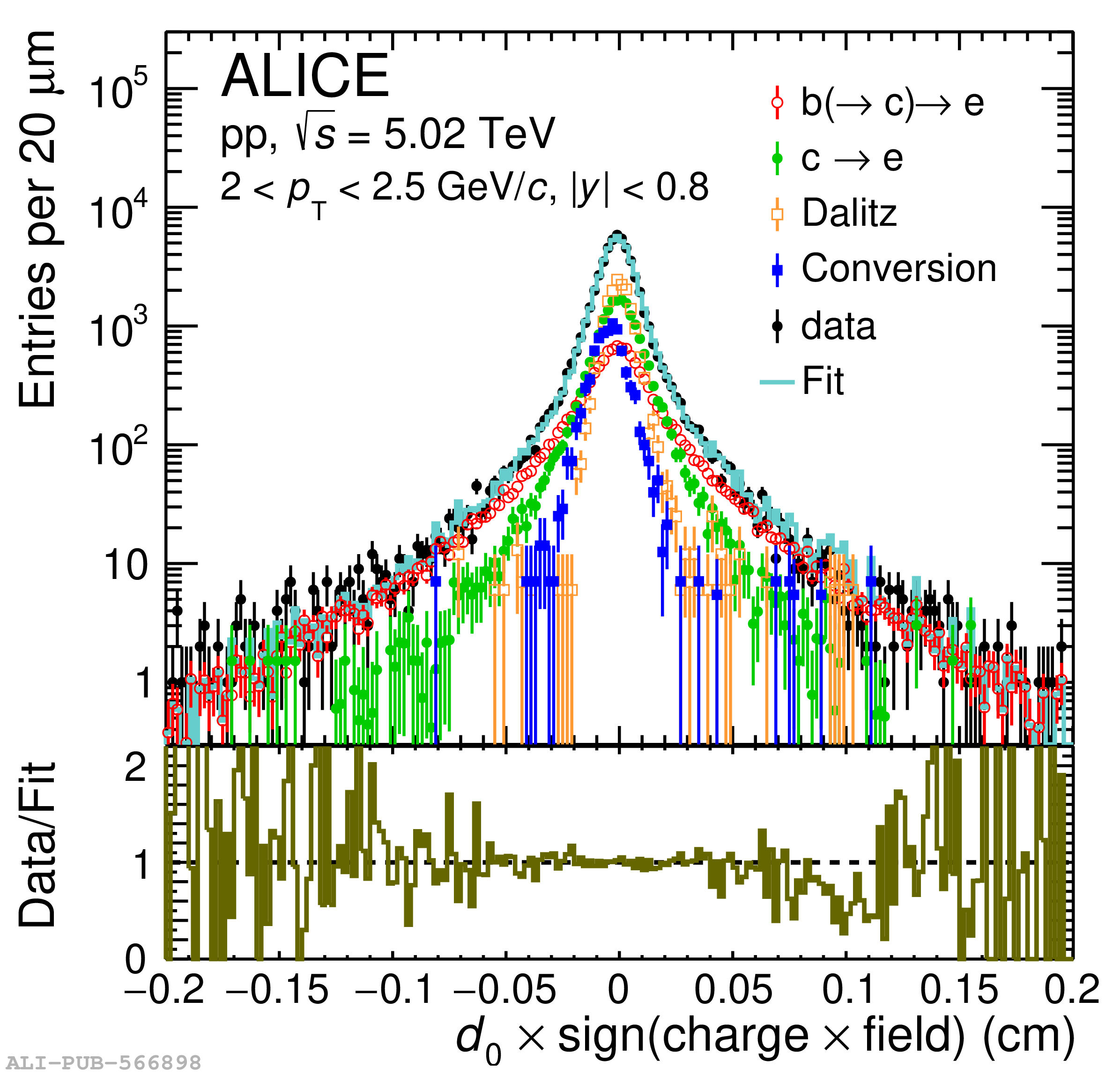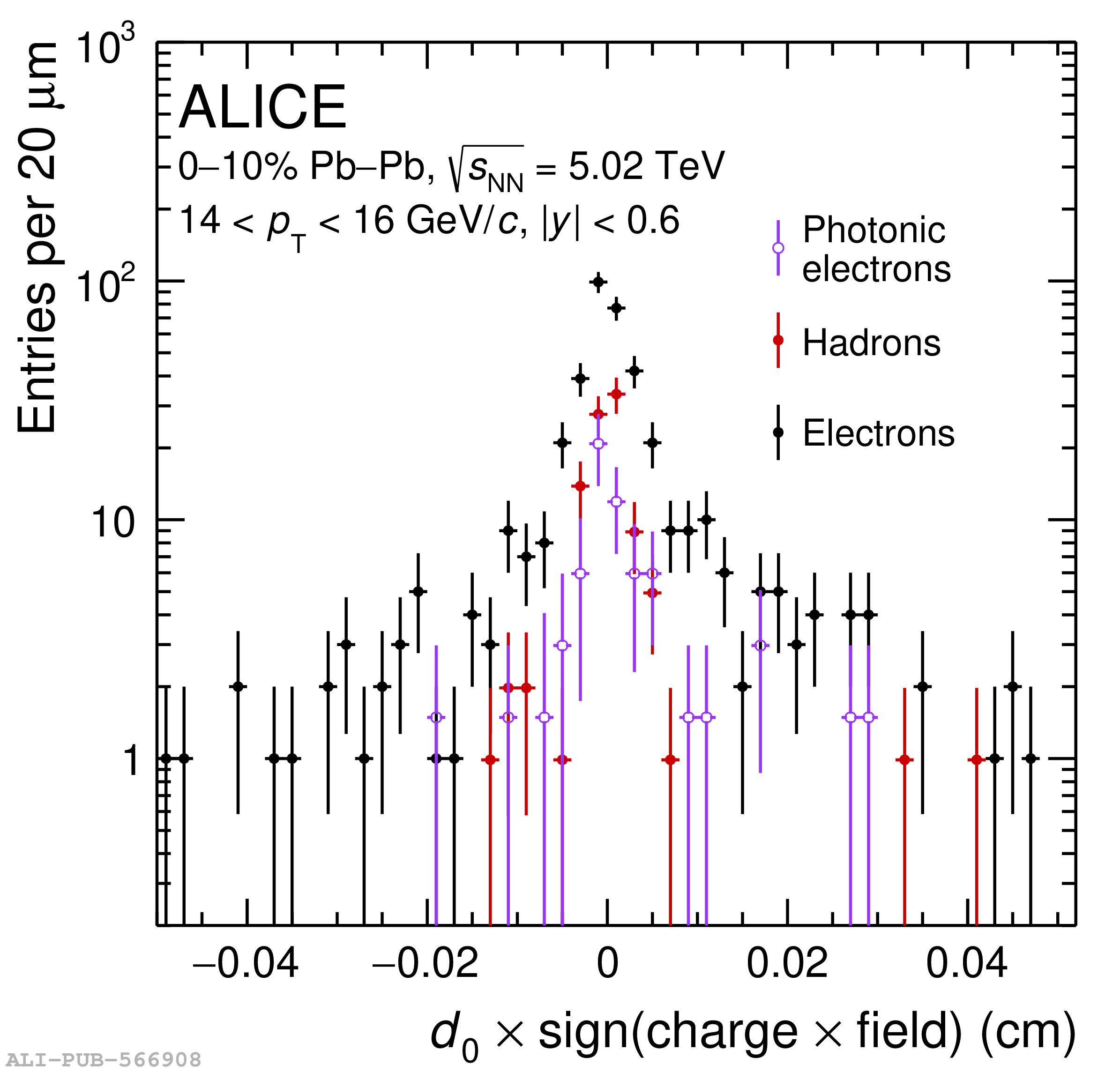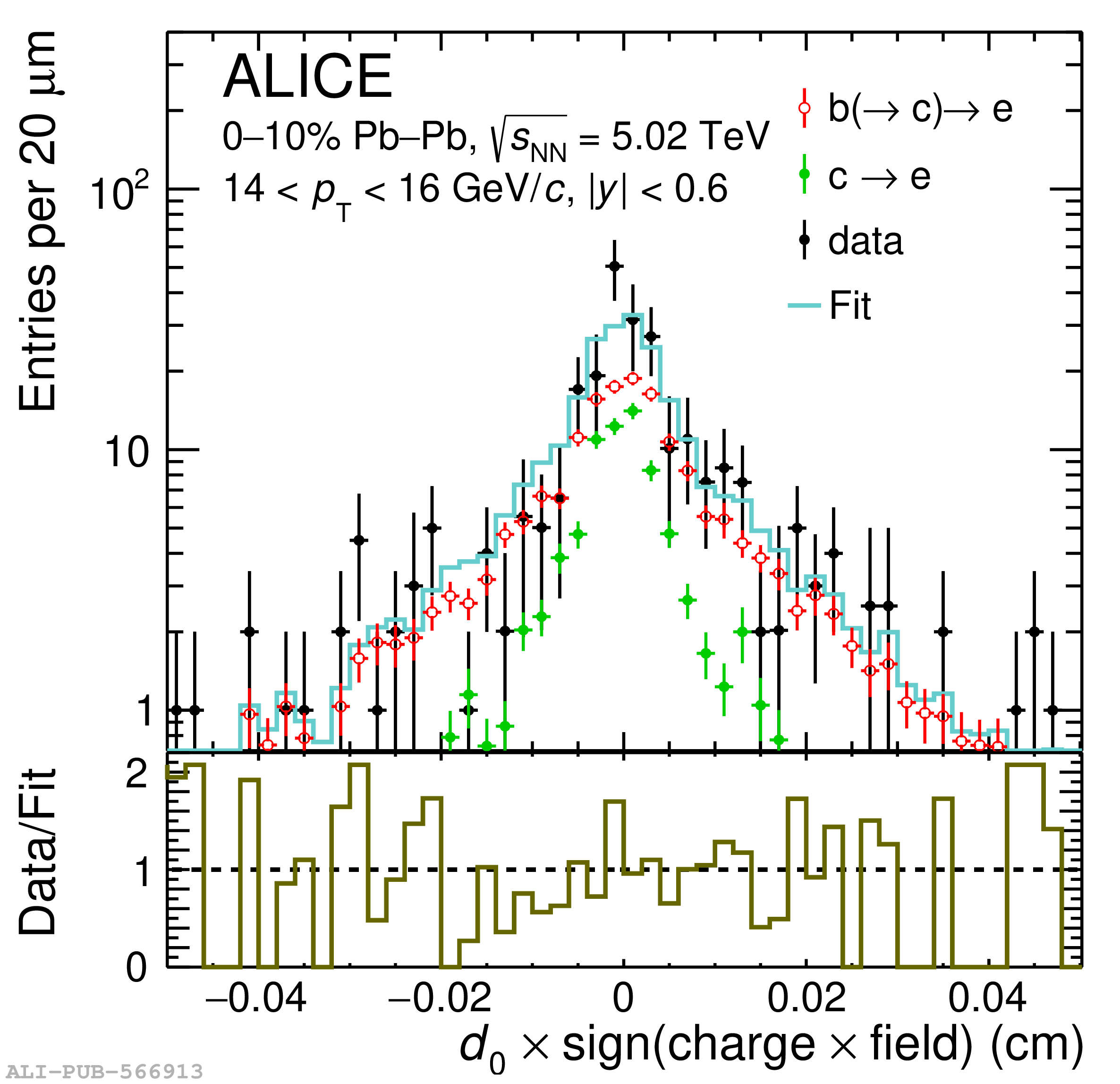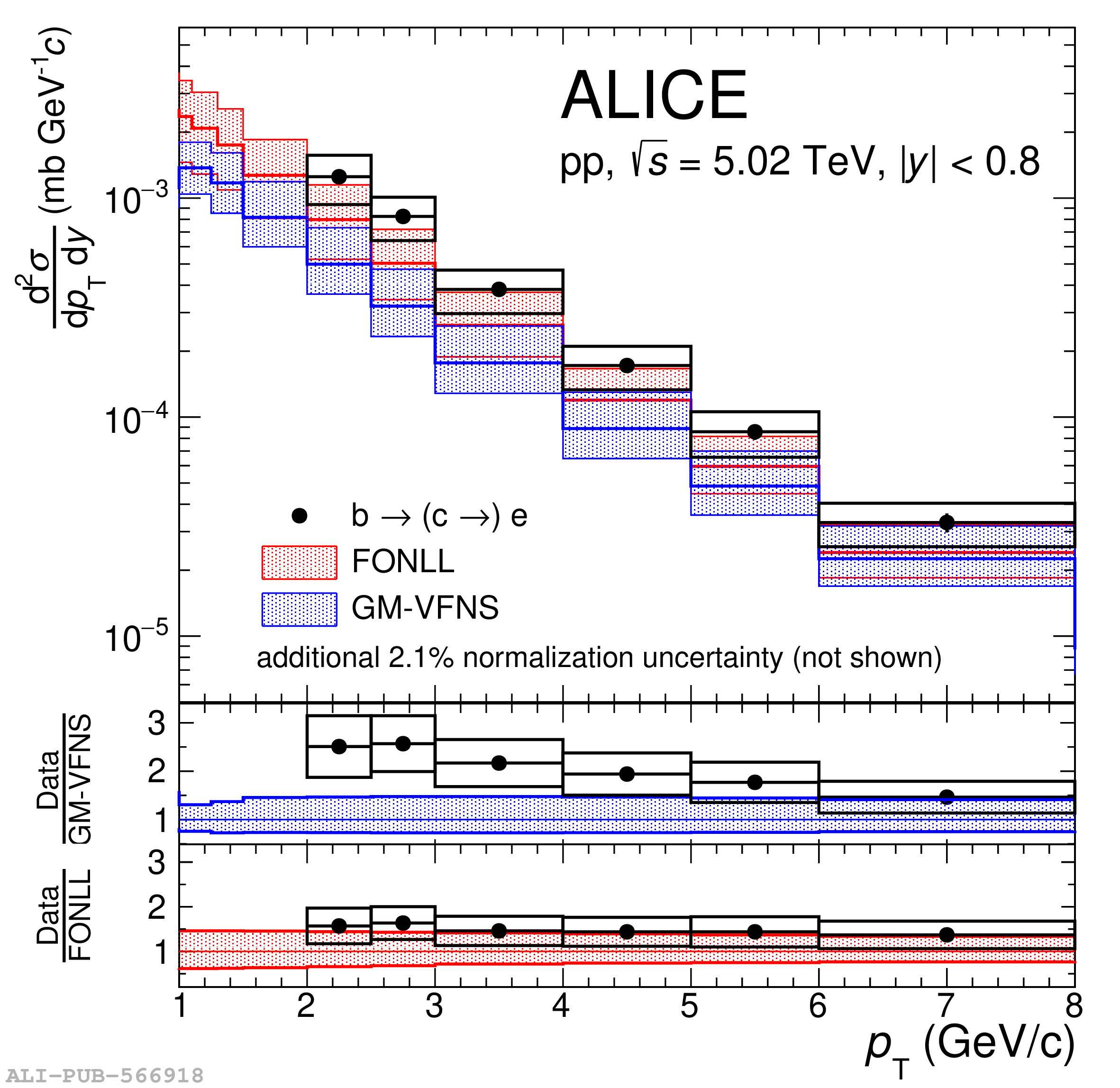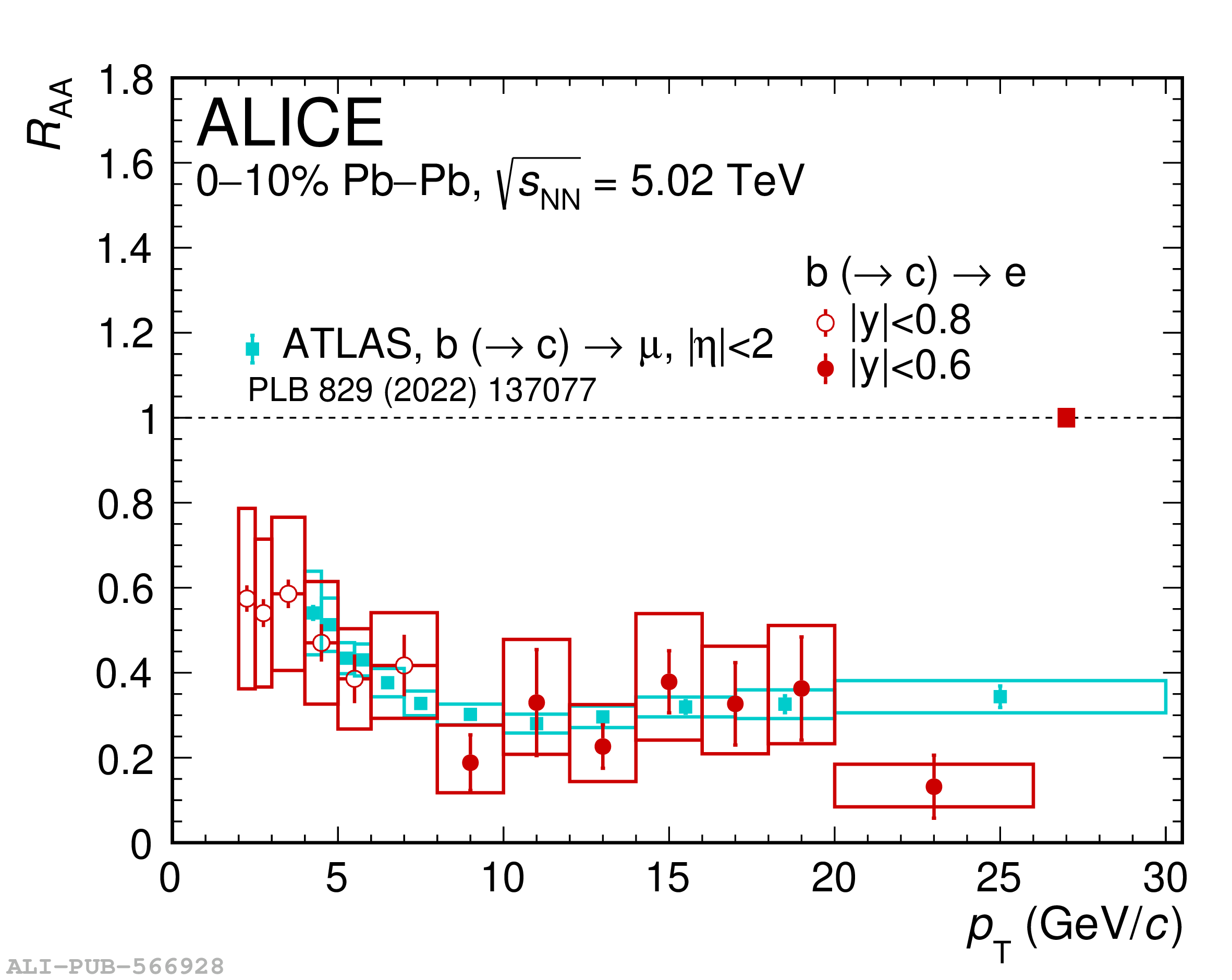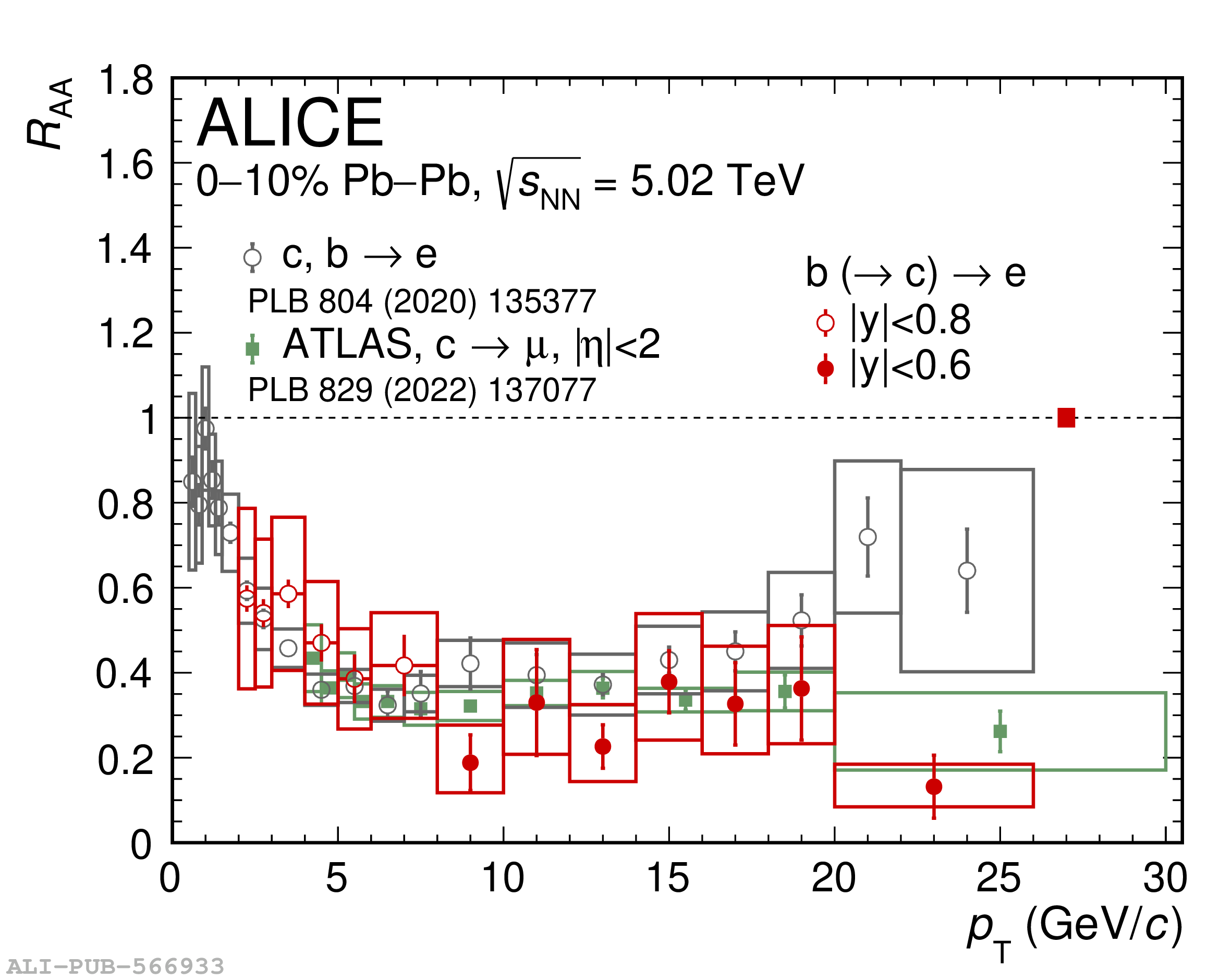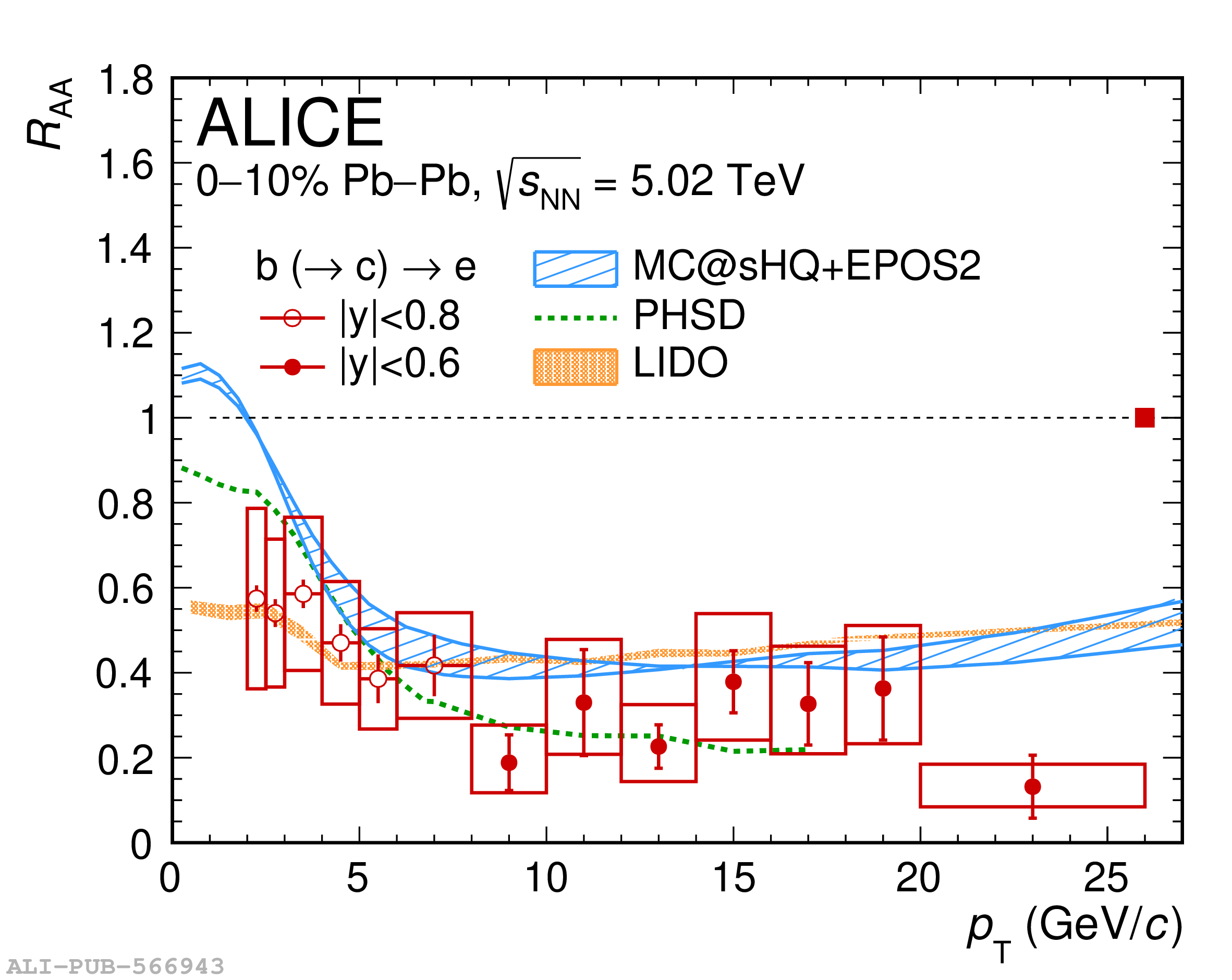The production of electrons from beauty-hadron decays was measured at midrapidity in proton-proton (pp) and central Pb-Pb collisions at center-of-mass energy per nucleon-nucleon pair $\sqrt{s_{\rm NN}}$ = 5.02 TeV, using the ALICE detector at the LHC. The cross section measured in pp collisions in the transverse momentum interval $2 <~ p_{\rm T} <~ 8$ GeV/$c$ was compared with models based on perturbative quantum chromodynamics calculations. The yield in the 10% most central Pb-Pb collisions, measured in the interval $2 <~ p_{\rm T} <~ 26$ GeV/$c$, was used to compute the nuclear modification factor $R_{\rm AA}$, extrapolating the pp reference cross section to $p_{\rm T}$ larger than 8 GeV/$c$. The measured $R_{\rm AA}$ shows significant suppression of the yield of electrons from beauty-hadron decays at high $p_{\rm T}$ and does not show a significant dependence on $p_{\rm T}$ above 8 GeV/$c$ within uncertainties. The results are described by several theoretical models based on different implementations of the interaction of heavy quarks with a quark-gluon plasma, which predict a smaller energy loss for beauty quarks compared to light and charm quarks.
Phys. Rev. C 108 (2023) 034906
HEP Data
e-Print: arXiv:2211.13985 | PDF | inSPIRE
CERN-EP-2022-238
Figure group

